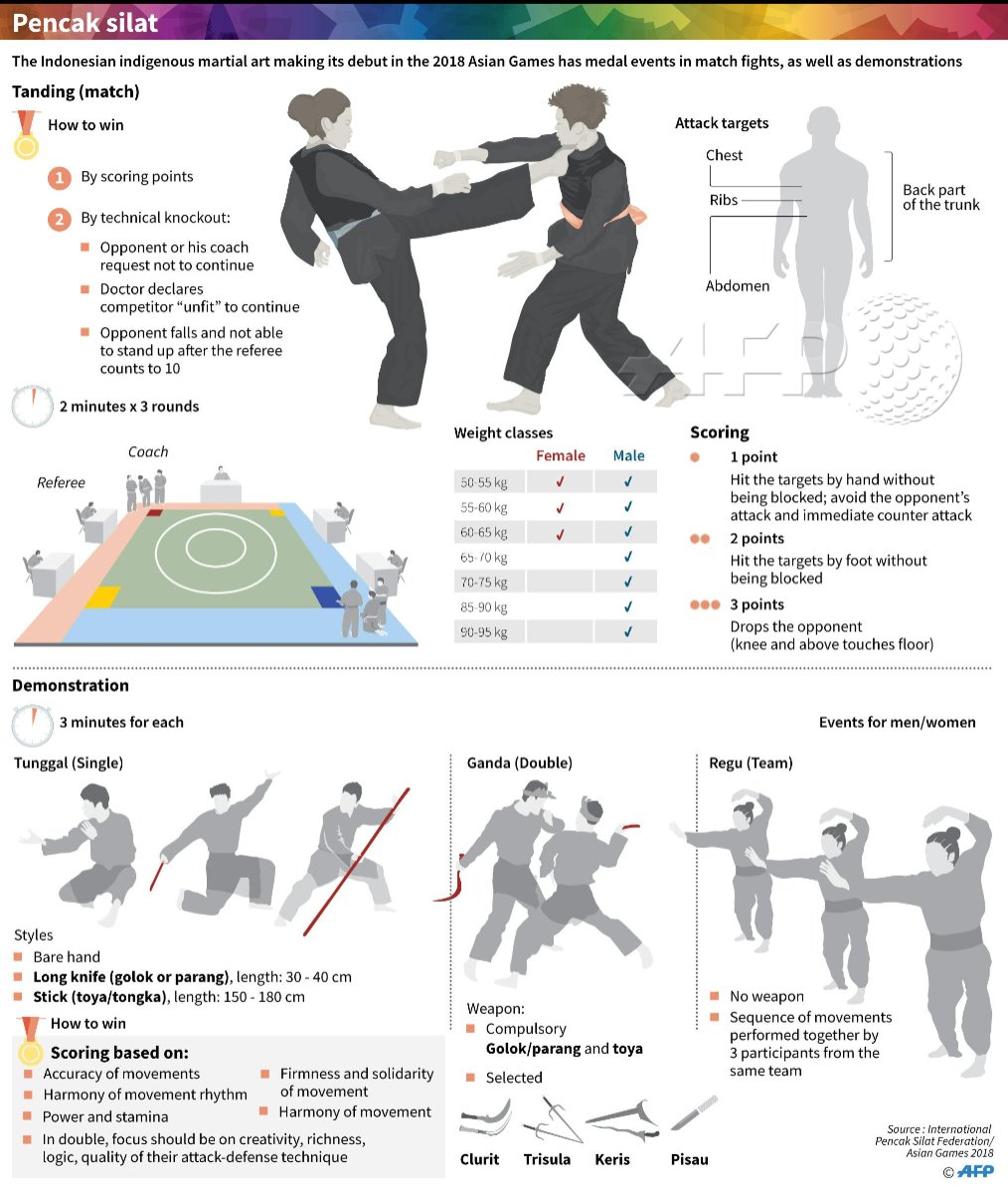The Global Journey And Advancement Of Martial Arts Throughout Background
The Global Journey And Advancement Of Martial Arts Throughout Background
Blog Article
Post Author-Egeberg Fallon
Martial arts have a remarkable history that covers centuries and continents. You might discover it fascinating how old practices like Shuai Jiao and Kalaripayattu prepared for modern-day combat strategies. These disciplines not just emphasize physical skills however also mirror the cultures that birthed them. As you discover their evolution, consider just how globalization has actually changed these conventional types into crossbreed styles. What influences do you think have shaped today's martial arts landscape?
Ancient Martial arts: The Structures of Battle
As you explore the world of old martial arts, you'll find the abundant foundations that shaped battle methods across cultures. Early techniques focused on Self-Defense and survival, typically incorporating strikes, hurting, and weapons.
In ancient China, for example, methods like Shuai Jiao stressed tosses and joint locks, while India's Kalaripayattu showcased dexterity and liquid activity. Japanese samurai developed Kenjutsu, a refined swordsmanship that highlighted self-control and technique.
These martial arts offered not just for fight however additionally as a means of personal growth, instilling values like respect and willpower. The mixing of these methods gradually prepared for the diverse martial arts you see today, each reflecting the special viewpoints and demands of its society.
The Cultural Impact on Martial Arts Development
While martial arts often reflect the practical requirements of a society, they also embody the cultural worths and beliefs of their origins. When you discover different martial arts, you'll see just how they're influenced by faith, philosophy, and social standards.
For instance, the emphasis on regard and discipline in Japanese martial arts stems from Zen Buddhism and samurai society. In contrast, Brazilian Jiu-Jitsu promotes flexibility and approach, shaped by the demand for effectiveness in a varied, multicultural environment.
You might locate that the routines, attires, and training methods mirror a neighborhood's history and identification. By recognizing these cultural influences, you strengthen your appreciation of martial arts and their function fit human experiences across the globe.
Modern Adaptations and the Globalization of Martial arts
Martial arts have transformed considerably in recent years, adapting to contemporary culture and international impacts. You'll discover that conventional types have blended with modern strategies, producing hybrid styles like mixed martial arts. These adjustments deal with varied target markets, making martial arts easily accessible and appealing around the world.
With the surge of social media sites and digital platforms, you can locate tutorials and competitors from all corners of the globe, damaging geographical barriers. This globalization has actually resulted in a shared recognition for numerous disciplines, from Brazilian Jiu-Jitsu to Taekwondo.
As https://www.suffolknewsherald.com/2023/07/03/suffolk-native-waterfield-trains-marine-corps-martial-arts-instructors/ involve with these arts, you'll recognize they're not just about battle; they promote fitness, discipline, and psychological well-being.
Ultimately, contemporary adjustments have enriched the martial arts landscape, making it a vibrant and evolving practice.
Conclusion
In exploring the history and evolution of martial arts, you reveal a remarkable mix of techniques, cultures, and viewpoints. From who taught spider man martial arts -controls like Shuai Jiao and Kalaripayattu to the contemporary flexibility seen in MMA, martial arts mirror mankind's quest for Self-Defense and personal growth. As you engage with these techniques, you not just acquire abilities but also a much deeper recognition for the varied traditions that shape our globe today. So, proceed your journey and embrace the art of battle!
